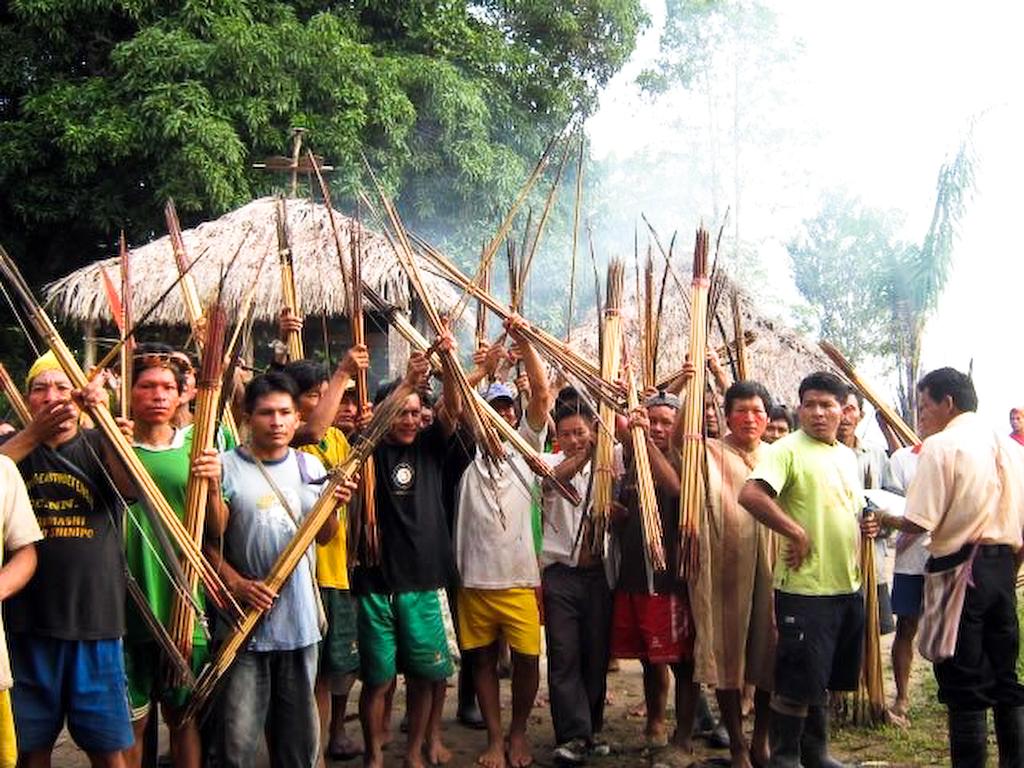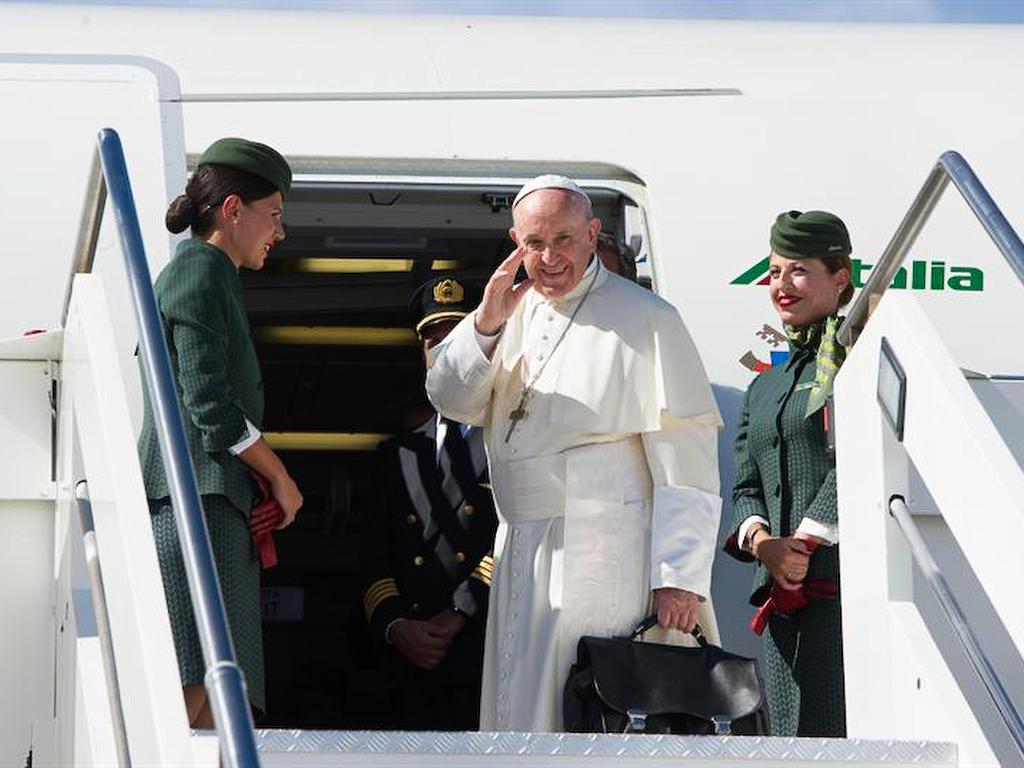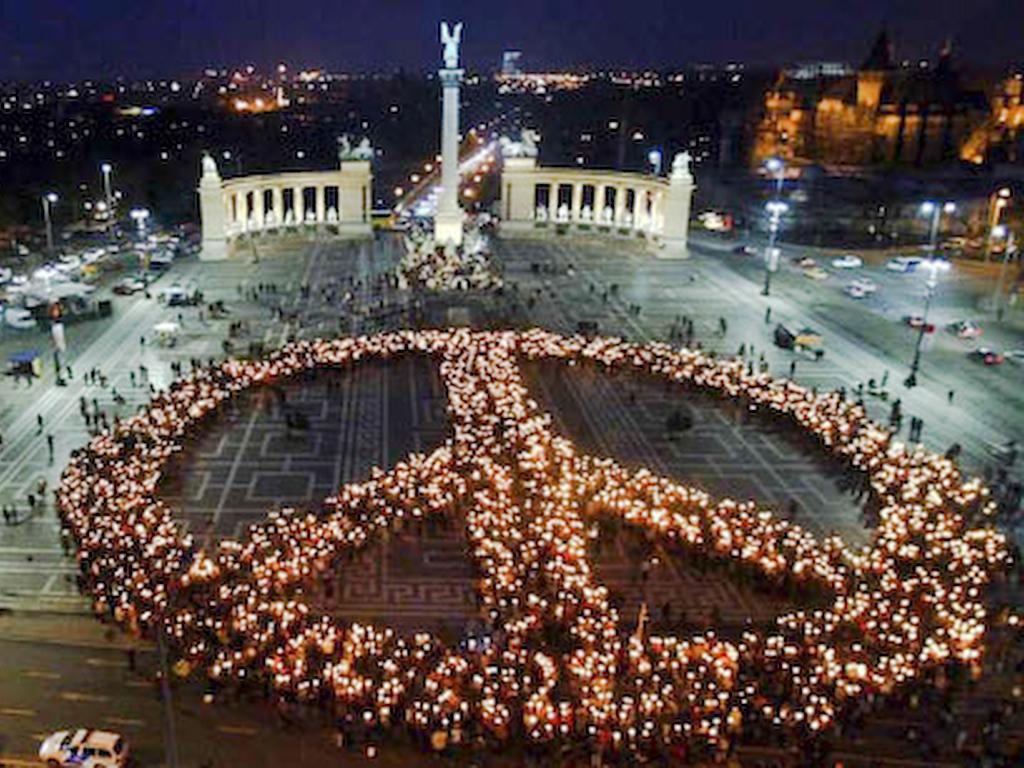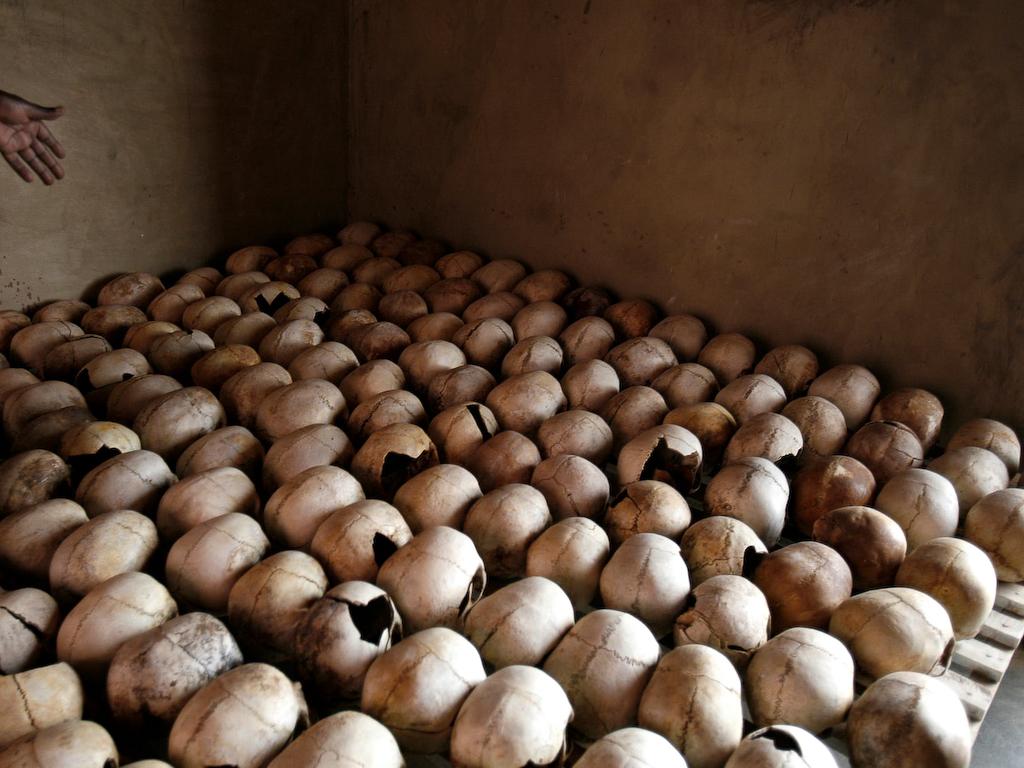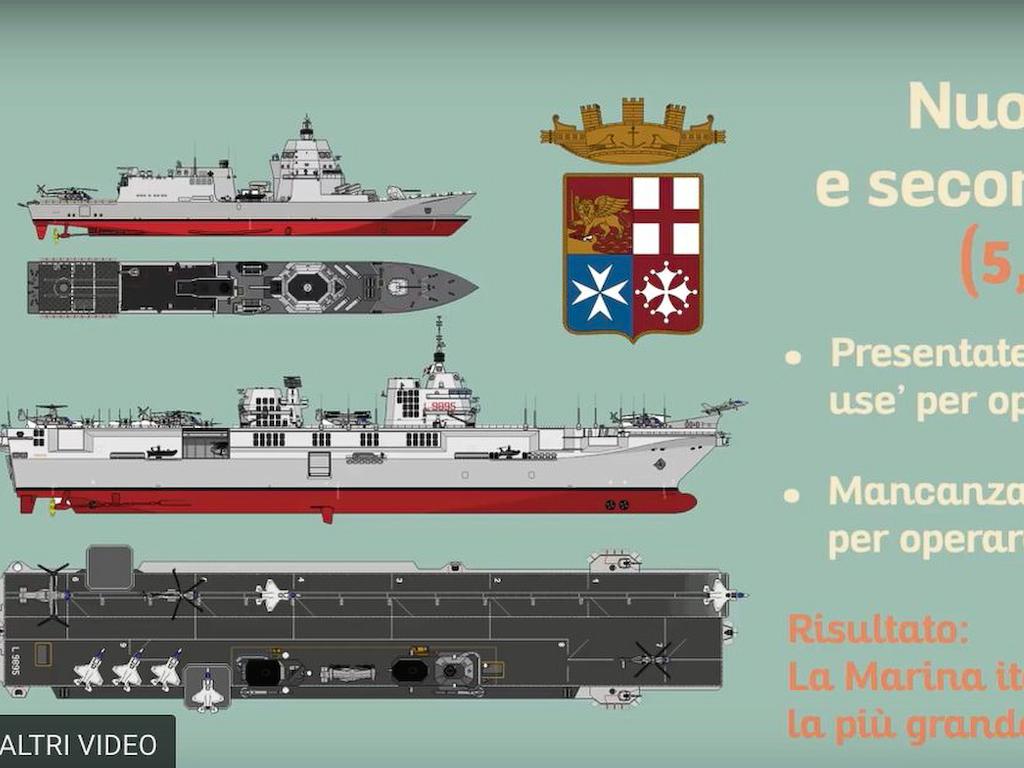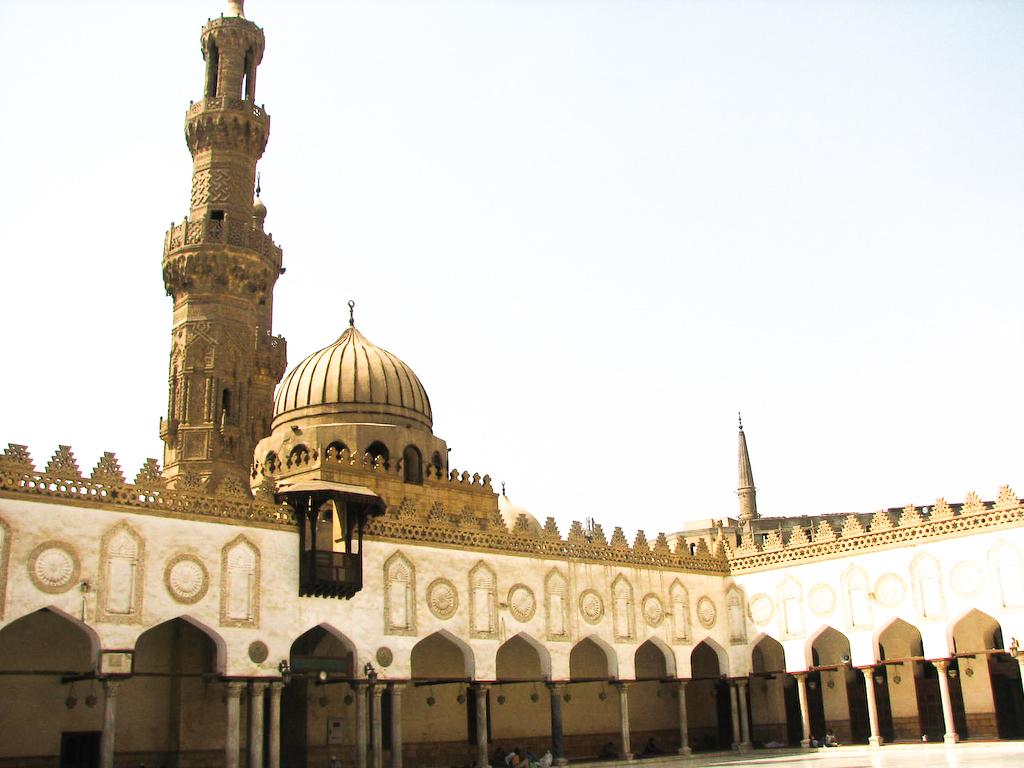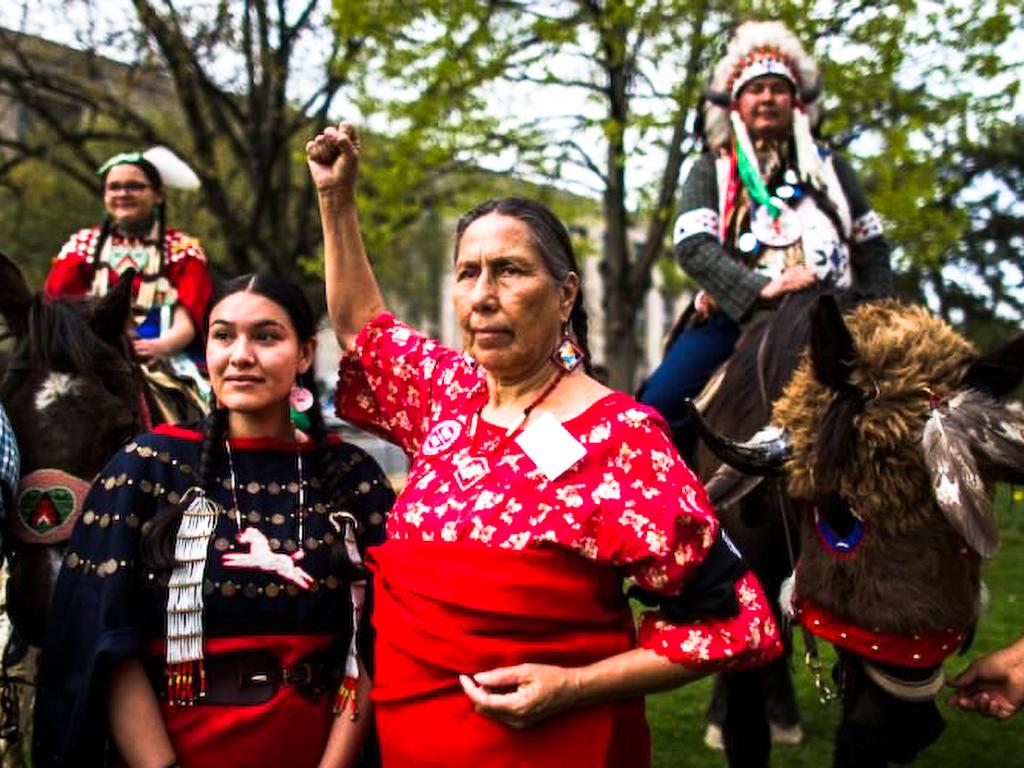Jpic News From John Paul Blog ? Vol. 5 - N 10
|
THE NEWS OF THE MONTH >>
Does Religion Matter in Corporate America?Believe it or not, religion seems to matter in Corporate America. A recent study published in Tomorrow´s Research Today that is about to appear in the Journal of Financial and Quantitative Analysis also finds that firms located in U.S. counties with high religiosity have higher credit ratings and lower debt costs compared to other firms. Interesting, right? I know, questions and maybe skepticism are now popping in your head. The first question you might have is: What defines a U.S. county as having high religiosity? It is a county that has a high proportion of church members out of the entire population. In the study, the authors refer to firms located in such counties as high religiosity firms. The more important question that you might have is: How can a high religiosity firm end up having high credit ratings and low debt costs? The rationale is actually pretty straightforward. Religious people tend to take less risk, for example, they gamble less, and they are less likely to engage in inappropriate behaviors, for example, they are less likely to commit crimes. Read the entire article | |
|
THE GOOD NEWS >>
Peru: an autonomous indigenous governmentThe first autonomous Indigenous Government of Peru was set up by 85 Wampis communities at the end of November 2015. This has been a choice of great relevance to all the popular and indigenous struggles of the region. The Amazon Wampis population has made it after a long journey of struggles against oil, mining and forestry companies that take profits by plundering their territory. Indigenous people felt that they could no longer rely on hypothetical acts of justice by the public institutions or of those who hold formal and substantial power in Peru. Read an entire article and also a correlated article and another one | |
|
THE WORST NEWS >>
Children born with Fetal Alcohol SyndromeA study from the Centre for Addiction and Mental Health in Canada published the first-ever estimates of the proportion of women who drink during pregnancy. According to data published in The Lancet Global Health, an estimated 10 per cent of women drink alcohol during pregnancy, and 119,000 children are born with Fetal Alcohol Syndrome (FAS) each year . | |
|
Celebrating!
Mission at the heart of the Christian faithPope Francis sent a Message for World Mission Day 2017 gathering us around the person of Jesus, “the very first and greatest evangelizer”, who continually sends us forth to proclaim the Gospel of the love of God the Father in the power of the Holy Spirit. "The world vitally needs the Gospel of Jesus Christ. Through the Church, Christ continues his mission as the Good Samaritan, caring for the bleeding wounds of humanity, and as Good Shepherd, constantly seeking out those who wander along winding paths that lead nowhere. Thank God, many significant experiences continue to testify to the transformative power of the Gospel. I think of the gesture of the Dinka student who, at the cost of his own life, protected a student from the enemy Nuer tribe who was about to be killed. I think of that Eucharistic celebration in Kitgum, in northern Uganda, where, after brutal massacres by a rebel group, a missionary made the people repeat the words of Jesus on the cross: “My God, My God, why have you abandoned me?” as an expression of the desperate cry of the brothers and sisters of the crucified Lord. For the people, that celebration was an immense source of consolation and courage. We can think too of countless testimonies to how the Gospel helps to overcome narrowness, conflict, racism, tribalism, and to promote everywhere, and among all, reconciliation, fraternity, and sharing." Read the entire message of Pope Francis | |
|
Take Action now!
10 things to know about nonviolent struggle1-. Nonviolent action is used around the world by people of all classes, races, genders, sexualities, faiths, and political beliefs to accomplish a wide range of goals including changing governmental regimes, ending occupations, expelling foreign invasions, overthrowing dictators, stopping destructive industries, protecting the environment, gaining civil rights, creating economic justice and much more. 2-. Nonviolent action is twice as successful as violent means, works in a third of the amount of time, and incurs a tiny fraction of the casualties as violent conflict. 3-. While researchers don’t know how few people are necessary to successfully use nonviolent action to accomplish their goals, researchers do know that every movement they studied that successfully mobilized four percent of the populace always won. 4-. There are more than 200 methods of nonviolent action, including marches, demonstrations, rallies, boycotts, strikes, sit-ins, blockades, noncooperation, civil disobedience, work stoppages and slowdowns, refusal to provide services and much more. 5-. There are two hands of nonviolence: the hand that says no to injustice, and the hand that says yes to justice. Gandhian nonviolence might refer to these as obstructive and constructive programs. Others refer to the two-fold strategy as “oppose and propose,” or noncooperation with the destructive and cooperation with the beneficial. For example, a movement might work to ban factory farming while simultaneously encouraging the support of local, small farms. 6-. Use acts of protest and persuasion such as speeches, fliers, and marches to spread knowledge of your issue or cause. Use constructive actions such as alternative institutions and parallel governments to build new systems rooted in justice. And, use acts of noncooperation and intervention such as boycotts, strikes, shut-downs to disrupt the injustice and remove cooperation and consent. 7-. Movements use a series of nonviolent actions to build a campaign around a specific objective. A series of campaigns builds into a set of stepping-stones to accomplish the large goals of the movement. 8-. Nonviolent movements for change seek to remove support from the injustice, and instead place support in systems of justice. These types of support may include material resources, money, human resources, skills and knowledge, authority, communications, public opinion, and intangible factors such as obedience, fear, hope, loyalty. 9-. Unlike violent conflicts which dehumanize people in order to hurt or kill them, nonviolent movements benefit from humanizing everyone involved, including the movement, the opposition, and the bystanders. 10-. Nonviolent struggle is used by ordinary, extraordinary people just like you and me. Find a movement, get involved, start a campaign, participate in an action, build an alternative system, and find ways to make change right where you are. * Article from Pambazuka (Published by Counterpunch il 09.03. 2016). Rivera Sun, author of 'The Dandelion Insurrection' and cofounder of "Love-In-Action Network". * The views are those of the author and do not necessarily reflect the views neither of Pambazuka nor of www.jpic-jp.org editorial team
| |
|
Time to rethink
Kagame’s Life-Presidency puts Rwanda at dangerous Cross-Roads again"On August 4th, 2017. President Paul Kagame elected himself to a life-Presidency through the so-called elections in which he scored a near perfect vote of 99%, earning himself a permanent place alongside Joseph Stalin, Saddam Hussein, Kim Jong Un, and many other dictators, dead or alive. The costly and sham elections were preceded by the so-called referendum to change the constitution, allowing him to be President until 2034." A starting article and other related articles to read in the right way a sad page that many persist in reading incorrectly. Read here all the stuff | |
|
Keep smiling
The Stone Age?There is an interesting book, with a French title: Génétique du péché originel - Genetics of Original Sin. Using biology and chemistry, and based on the evolution and species selection studies, it wants to show that some original sin is recorded in human DNA: the struggle for survival that impedes understanding the other's and leads to clash, is inscribed in our genes and until we fail to change these genes with intelligence and goodwill , not by natural selection, but by conscious choice, we will continue to slaughter each other unnecessarily and without purpose. This video smiles at the idea of a meeting between a homo sapiens with a technological man, both unaware of that famous gene that causes mutual misunderstanding. See and smile | |
|
Must Watch.
How many billion does Italy spend on weapons?How much is Italian military spending in a year, a day, an hour? How big is their Armed Forces? How many commanders and how many commanded are there? To buy new weapons (bomb fighters, military ships, armored vehicles and tanks) how many billions are spent every year? This video, based on the official data produced by the Mil-€x Observatory and by the world's leading search centers on military expenditures, tells you. If you already know, the video is a tool for spreading numbers and analyzes. Anyway, it's a video worth spreading! A serious and in-depth assessment of our country's military spending is crucial to exercising proper democratic control. An evaluation that cannot be conducted without a precise and competent study work, which requires time and professionalism. It is the work that the Observatory Mil-€x from the beginning decided to undertake, a job that is not easy because many would like to continue to keep the details of the problem hidden and opaque, while it is crucial to unveil the secrets of our country military spending. No one else will tell you what this video tells you, with unpublished data and news. And so the "armed money" continues to be wrapped in unacceptable opacity. Whether you are an Italian or not, remember the Burundi proverb: Mbwire cito canje, cito c'uwundi ciyumvireho - speak of my defect and I understand the defects of others.(Source https://comune-info.net/2017/09/quanti-miliardi-spendiamo-le-armi/ where you can find the video) To know more, see the Mil-€x site, http://milex.org/ | |
|
Resources.
Islam: Dishonest leaders, overzealous followersIslamic militancy which targets non-Muslims, often Christians, is deeply rooted in the historical discord that exists within Islam itself. Prophet Mohammad preached peaceful co-existence particularly with Christians. Muslims who promote wanton violence in the name of their religion are simply misguided about its true teachings. Interesting news out of Tehran! The other day Iranian President, Hassan Rouhani called for unity within the Muslim community with the ultimate aim of laundering the negative image Muslims have created for their religion through needless bickering. Rouhani barely stopped short of telling Muslims to bury their heads in shame for Islam’s negative image. Frank talk, you will agree, even though similar calls have been made in the past. And Rouhani’s certainly won’t be the last. If truth be told, there is a lot of sense in Rouhani’s call. Of course, Islam has an image problem that dates back to the early days of the religion. It is heart-warming that the call, though fourteen hundred years late, came from the leader of a country that has played a pivotal role in giving Islam its negative image. Rouhani’s call was necessitated by the Shi’a/Sunni divide that has come with deadly consequences for Muslims and non-Muslims. The call is of significance for Muslims in Nigeria. Apparently, all Muslims subscribe to the unity of God; what some dispute and what has been the cause of needless bloodletting surrounds the prophet-hood of Muhammad, the four Caliphs and sundry constituted authorities as commanded by God. The discord is no longer discussed in whispers. For the best part of the last four decades, the schism has assumed frightening dimensions often resulting in dire consequences to human lives and property. It has become so cancerous to have defied efforts by prominent Muslim clerics and groups to resolve it. Read here the entire article Note. This article does not give fully account neither of conflicts within the Muslim world nor of the complexity arising from historical, cultural and geopolitical problems that are wider than the mere religious aspect. It opens a window on the original conflict (the fitna in the culture of Islam) that persists in African countries although it may no longer be the main issue in the rest of the world.
| |
|
Witnessing
Jesuits good practice against land grabbingAny advocacy should be based on the credibility that increases positions and proposals. And it should be truly carried out in the best interests of the affected population. Then advocacy raises awareness and citizens’ participation drawing attention to important issues in society and ensuring a path to change. Among the various types of advocacy surely the best are good practices. Too often, grassroots and international organizations see the advocacy arena as a space of words, discussions, conferences, decisions, agreements or disagreements, documents and papers: what is needed are people who act, risking critics and turning political correctness upside down. And so the Jesuits are returning 525 acres of land to Native Americans in South Dakota to the Rosebud Sioux. 'It's now time to give back to the tribe all of those pieces of land that were given to the church for church purposes,' said Fr John Hatcher, president of St. Francis Mission. The property had been given by the US government to the Jesuits in the 1880s for use for churches and cemeteries, according to Father Hatcher. “At the beginning of the mission, we had 23 mission stations. But over the years as the people moved off the prairie and into cluster housing, those churches were closed because they were considered unnecessary.” Other properties never had churches built. Fr Hatcher added: “We will never again put churches on those little parcels of land. But it’s an opportunity to return land that rightly belongs to the Lakota people,” of which the Rosebud Sioux are a part. The property, totaling about 525 acres, is dotted throughout 900,000 acres on a Rosebud reservation in the south-central portion of the state, bordering both the state of Nebraska and the Missouri River. When the work of the land transfer was initiated, it was “stalled.” It was a matter of finding the right office within the federal Bureau of Indian Affairs to follow through. “Finding the right office to carry it out — it’s just a cumbersome process,” says Rodney Bordeaux, chief operating officer of St Francis Mission. With the land back in the Rosebud Sioux’s hands, “it might just be used for agricultural purposes like it is now, for grazing. It might be used for community development. It might continue to be used for religious purposes,” said Harold Compton, deputy executive director of Tribal Land Enterprises, the Rosebud Sioux’s land management corporation. “It’s because they’re so scattered, I think each one will eventually evolve due to their own location.” There are about 25,000 people enrolled with the Rosebud Sioux, 15,000 of whom live on the reservation. “It’s the symbolism of returning land that is important. This land was categorically reserved by the government for the church’s use. So, the church returning this to the tribe is a plus for everybody. The symbolism far outweighs,” Compton told CNS, but then caught himself. “Land is valuable. Land everywhere is valuable. Land around here is worth ,000, ,000 or more an acre.” From : Catholic Herald, 9 May 2017 Photo: Samantha Jones of the Sicangu Lakota band of the Rosebud Sioux, left, and Casey Camp of the Ponca Nation ( Washington file photo of 2014 CNS)
|

Office P.O. Box 138 - Montclair NJ 07042 0138 US
Please share your suggestions, opinions, doubts and ideas writing to pezzijp@jpic-jp.org
You can subscribe also by writing to webmaster@jpic-jp.org
for all back issues www.combonimissionaries.org - www.comboni.org
Copyright © www.jpic-jp.org


